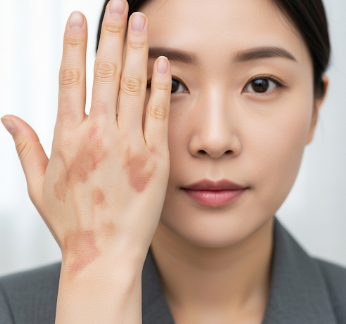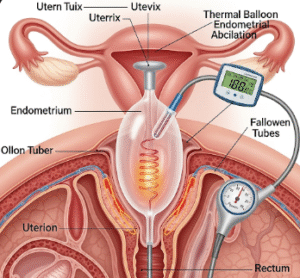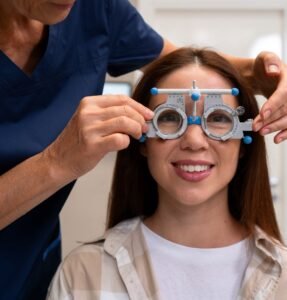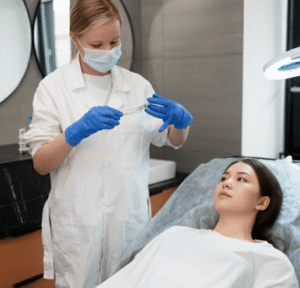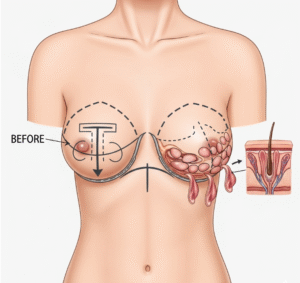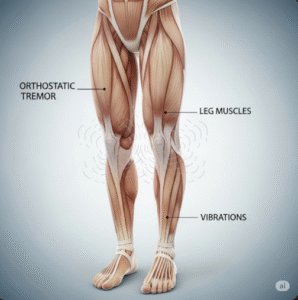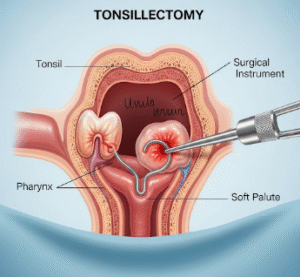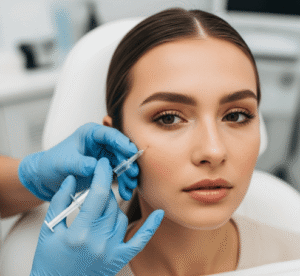➤ Overview
Skin discoloration refers to changes in the natural color of the skin, which can manifest as patches, spots, or diffuse areas that are lighter, darker, or differently pigmented than surrounding skin. It may occur due to sun exposure, hormonal changes, inflammation, infections, or systemic diseases.
In South Korea, dermatologists and skincare specialists provide advanced diagnosis and treatment for skin discoloration. Early assessment is crucial to determine the underlying cause, prevent progression, and restore uniform skin tone using both medical and cosmetic interventions.
➤ Key Facts
→ Skin discoloration can be localized or widespread, affecting any area of the body.
→ Common forms include hyperpigmentation, hypopigmentation, melasma, vitiligo, and age spots.
→ Sun exposure and environmental factors accelerate pigmentation changes.
→ Some causes are cosmetic, while others may indicate underlying medical conditions.
→ In Korea, laser therapy, chemical peels, and topical agents are frequently used for treatment.
→ Proper diagnosis helps differentiate benign from serious conditions, such as skin cancer.
→ Lifestyle and skincare routines play a significant role in prevention and management.
➤ What is Skin Discoloration?
Skin discoloration occurs when melanin production, blood supply, or skin integrity is altered, leading to visible changes in color.
→ Hyperpigmentation – Darker patches due to excess melanin.
→ Hypopigmentation – Lighter patches due to loss or reduction of melanin.
→ Redness or erythema – Increased blood flow or inflammation.
→ Blue or purple tones – Bruising, vascular issues, or circulation problems.
Skin discoloration is often a symptom rather than a disease, signaling underlying dermatologic or systemic issues. Korean dermatologists focus on accurate diagnosis, safe interventions, and long-term prevention strategies.
➤ What Symptoms are Related to Skin Discoloration?
Skin discoloration may present alongside a variety of related symptoms:
→ Dark or light patches with irregular shapes or borders.
→ Red or inflamed areas, sometimes itchy or painful.
→ Freckles, age spots, or sunspots in sun-exposed regions.
→ Changes in skin texture – roughness, scaling, or thickening.
→ Bruising or purplish areas without trauma.
→ Blisters or eruptions in some inflammatory or infectious causes.
→ Slowly spreading or sudden onset depending on cause.
➤ What Causes / Possible Causes?
Skin discoloration arises from multiple dermatologic and systemic factors:
→ Sun exposure – Leads to age spots, freckles, and melasma.
→ Hormonal changes – Pregnancy, menopause, or thyroid disorders.
→ Inflammation or injury – Post-inflammatory hyperpigmentation after acne, eczema, or trauma.
→ Skin infections – Fungal, bacterial, or viral infections altering pigment.
→ Autoimmune disorders – Vitiligo or lupus causing hypopigmentation.
→ Medications or chemicals – Certain drugs, cosmetics, or toxins.
→ Genetic predisposition – Familial tendency toward pigmentation disorders.
→ Chronic diseases – Liver disease, diabetes, or nutritional deficiencies affecting skin tone.
➤ When Should I See My Doctor?
Professional evaluation is necessary if skin discoloration is rapid, painful, or associated with other concerning signs:
→ Sudden appearance of dark or light patches.
→ Persistent or worsening discoloration despite home care.
→ Associated with itching, pain, or scaling.
→ Blistering, bleeding, or ulceration in affected areas.
→ Discoloration accompanied by systemic symptoms like fatigue, jaundice, or weight loss.
→ Suspected skin cancer or autoimmune disorder.
➤ Care and Treatment
Treatment depends on cause, severity, and location of skin discoloration:
→ Sun protection – Broad-spectrum sunscreen to prevent further pigmentation.
→ Topical agents – Hydroquinone, retinoids, corticosteroids, or vitamin C creams.
→ Chemical peels – Exfoliate and lighten hyperpigmented areas.
→ Laser therapy – Targeted treatment for melasma, freckles, or age spots.
→ Treatment of underlying conditions – Hormonal therapy, infection management, or autoimmune care.
→ Moisturizers and gentle skincare – Maintain barrier function and prevent irritation.
→ Camouflage cosmetics – Temporary solution for aesthetic improvement.
→ Lifestyle adjustments – Healthy diet, adequate sleep, and hydration to support skin health.
➤ Treatment Options in Korea
South Korea offers advanced dermatology and aesthetic medicine for skin discoloration:
Diagnosis in Korea
→ Comprehensive dermatologic evaluation including visual inspection and dermoscopy.
→ Wood’s lamp or laser analysis to assess pigmentation depth and pattern.
→ Blood tests if systemic or hormonal causes are suspected.
Medical Treatments in Korea
→ Prescription-strength topical bleaching agents or retinoids.
→ Oral medications for hormone-related pigmentation.
→ Treatment for infection-related discoloration with antifungals or antibiotics.
Advanced Therapies in Korea
→ Laser and light-based therapies for melasma, age spots, and sun damage.
→ Microneedling or PRP therapy to improve skin tone and texture.
→ Combination therapies integrating cosmetic procedures with medical treatment.
Rehabilitation & Support in Korea
→ Patient guidance on skincare routines and sun protection.
→ Ongoing monitoring to prevent recurrence and maintain results.
→ Integrative programs combining Western dermatology and Korean aesthetic wellness for long-term skin health.

